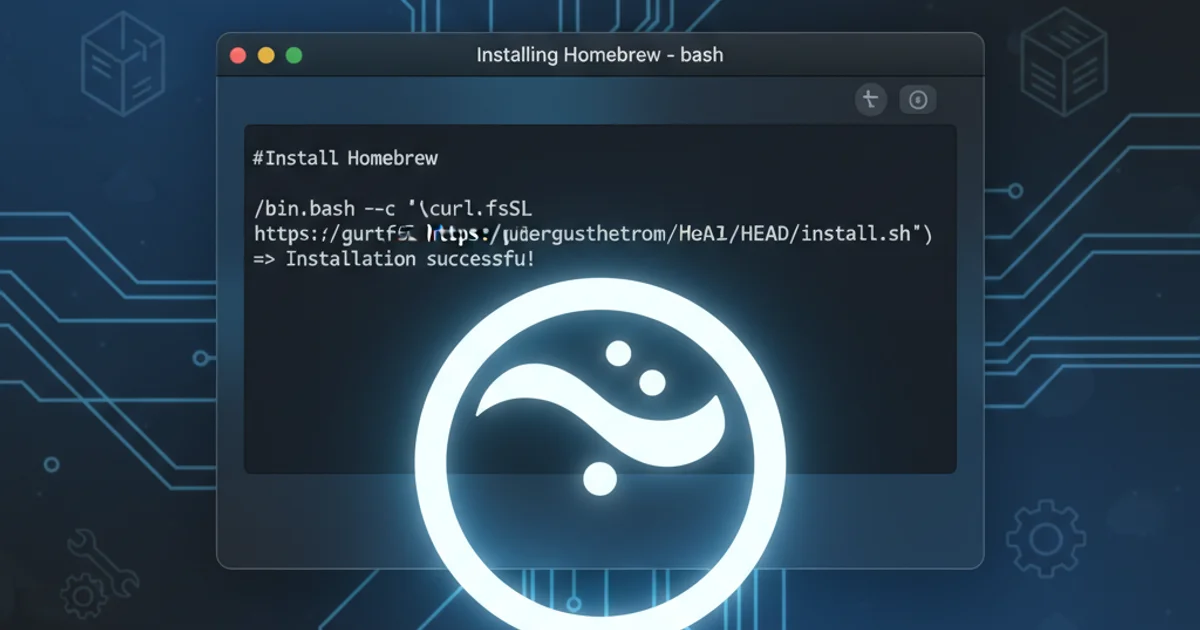What is the meaning of ToString("X2")?
Categories:
Understanding ToString("X2") in C# for Hexadecimal Conversion

Explore the meaning and practical applications of the ToString("X2") format specifier in C#, commonly used for converting byte arrays to hexadecimal strings, especially in encryption and data representation.
In C#, you often encounter the ToString("X2") format specifier, particularly when dealing with byte arrays, hashing, or encryption. This seemingly cryptic string plays a crucial role in converting numerical values, specifically bytes, into their two-digit uppercase hexadecimal representation. Understanding its function is fundamental for tasks like displaying hash values, serializing binary data, or debugging low-level operations.
The Basics: Hexadecimal Representation
Computers store data in binary (0s and 1s). However, binary is cumbersome for humans to read and write. Hexadecimal (base-16) provides a more compact and human-readable way to represent binary data. Each hexadecimal digit represents exactly four bits (a nibble). A single byte, which consists of eight bits, can therefore be perfectly represented by two hexadecimal digits.
For example:
- Binary
0000 0000is Hex00 - Binary
1111 1111is HexFF - Binary
0000 1010(decimal 10) is Hex0A - Binary
1111 0000(decimal 240) is HexF0
Deconstructing "X2"
The "X2" format specifier is a standard numeric format string in C# that tells the ToString() method how to format a number. Let's break it down:
X: This character indicates that the number should be formatted as a hexadecimal string. By default, it produces uppercase hexadecimal digits (A-F). If you wanted lowercase, you would use"x2".2: This digit specifies the minimum number of characters the output string should contain. If the hexadecimal representation of the number is less than two digits long (e.g.,Afor decimal 10), it will be padded with a leading zero to meet the minimum length (e.g.,0A). This ensures a consistent two-digit output for each byte, which is critical when concatenating multiple byte representations.
Without the 2, a byte value like 10 would simply be A, and 15 would be F. With X2, they become 0A and 0F respectively, maintaining a uniform length.
flowchart TD
A[Input Byte (0-255)] --> B{"ToString(\"X2\")"}
B --> C{Convert to Hexadecimal}
C --> D{Check Length}
D -- Length < 2 --> E[Pad with leading '0']
D -- Length = 2 --> F[No Padding]
E --> G[Output: Two-Digit Uppercase Hex]
F --> GProcess of ToString("X2") for a single byte
byte value1 = 10; // 0x0A
byte value2 = 255; // 0xFF
byte value3 = 5; // 0x05
Console.WriteLine($"Value 1: {value1.ToString("X2")}"); // Output: Value 1: 0A
Console.WriteLine($"Value 2: {value2.ToString("X2")}"); // Output: Value 2: FF
Console.WriteLine($"Value 3: {value3.ToString("X2")}"); // Output: Value 3: 05
// Example without padding
Console.WriteLine($"Value 1 (no padding): {value1.ToString("X")}"); // Output: Value 1 (no padding): A
Basic usage of ToString("X2")
Common Applications: Hashing and Encryption
One of the most frequent uses of ToString("X2") is when converting the output of cryptographic hash functions (like SHA256 or MD5) into a human-readable string. Hash functions typically return a byte[] array. To display this hash as a hexadecimal string, each byte in the array needs to be converted using ToString("X2") and then concatenated.
This ensures that each byte is consistently represented by two characters, making the resulting hash string a fixed length and easy to compare or store.
using System.Security.Cryptography;
using System.Text;
public class HashExample
{
public static string CalculateSha256Hash(string rawData)
{
using (SHA256 sha256Hash = SHA256.Create())
{
// ComputeHash - returns byte array
byte[] bytes = sha256Hash.ComputeHash(Encoding.UTF8.GetBytes(rawData));
// Convert byte array to a string
StringBuilder builder = new StringBuilder();
for (int i = 0; i < bytes.Length; i++)
{
builder.Append(bytes[i].ToString("X2")); // Crucial for consistent hex output
}
return builder.ToString();
}
}
public static void Main(string[] args)
{
string text = "Hello, world!";
string hash = CalculateSha256Hash(text);
Console.WriteLine($"SHA256 hash of '{text}': {hash}");
// Example Output: SHA256 hash of 'Hello, world!': 315F5B1972851B97818060AEE7778FBA8D46430C901DD86E72616780414A92E5
}
}
Converting a SHA256 hash byte array to a hexadecimal string
ToString("X2") is excellent for displaying byte arrays, remember that the resulting string is a representation of the binary data, not the binary data itself. For cryptographic operations, you should always work with the raw byte[] arrays.Other Uses and Considerations
Beyond cryptography, ToString("X2") is useful in various scenarios:
- Network Protocols: When debugging network packets, displaying byte data in hexadecimal is standard.
- File Formats: Analyzing binary file headers or content often involves hexadecimal representation.
- Memory Dumps: Viewing raw memory contents in a debugger frequently uses hex.
- Color Codes: Representing RGB color components (e.g.,
FF0000for red) often uses two-digit hex for each color channel.
It's important to note that ToString("X2") is part of the standard numeric format strings and can be applied to any integer type (byte, short, int, long). However, its most common and impactful use is with byte values due to the direct correspondence between a byte and two hexadecimal digits.
BitConverter.ToString() which can also convert a byte array to a hexadecimal string, though its default output includes hyphens (e.g., 0A-FF-05). You would then need to remove the hyphens if a continuous string is desired.